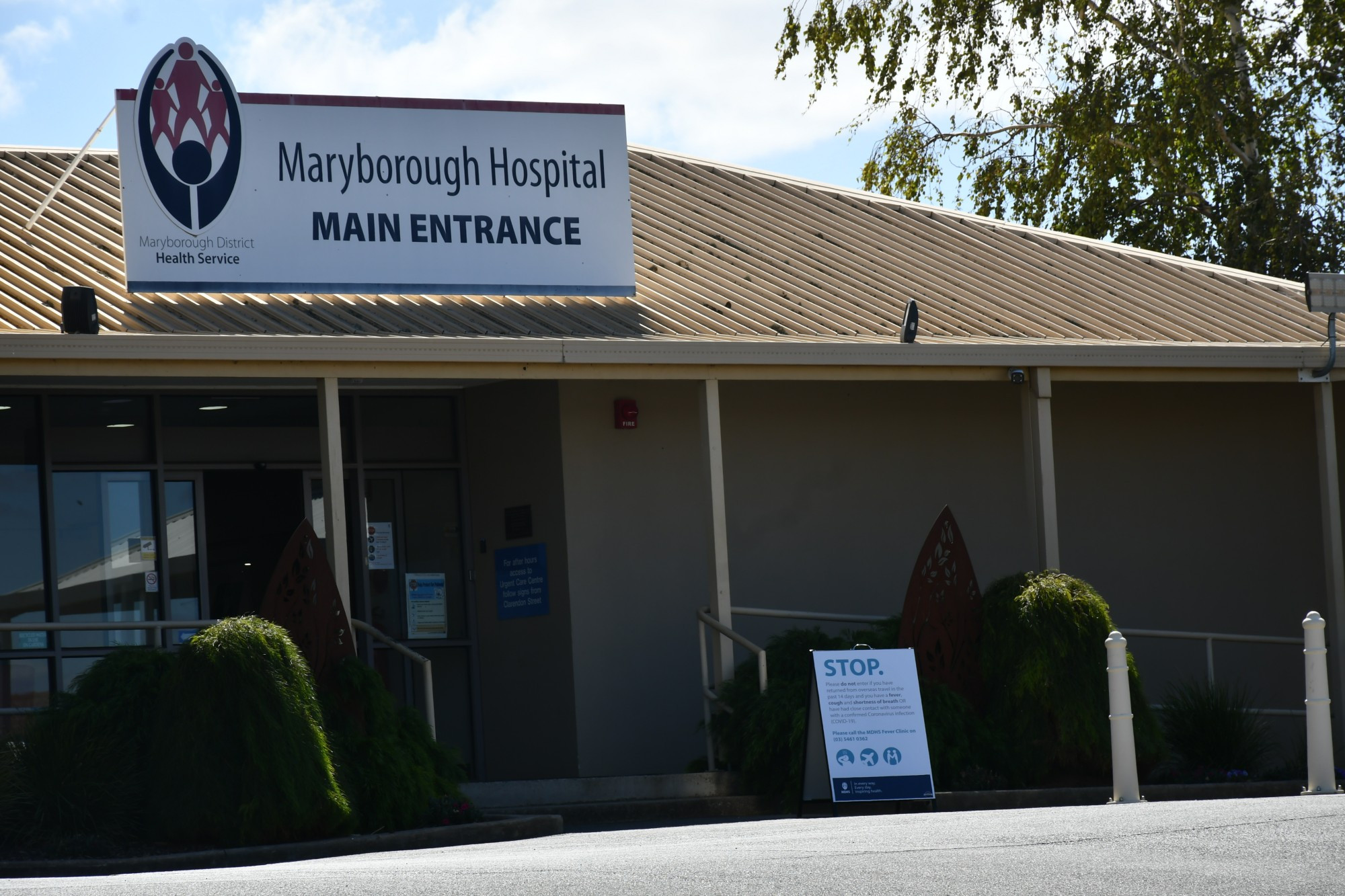General News
4 July, 2022
Census data to inform rollout of local health programs
While the Central Goldfields Shire is above average for the number of chronic health conditions among residents, the Maryborough District Health Service (MDHS) believes this data will better support the health service to address community needs...

While the Central Goldfields Shire is above average for the number of chronic health conditions among residents, the Maryborough District Health Service (MDHS) believes this data will better support the health service to address community needs head-on.
Initial results from the 2021 Census were released last week, giving key insights into the make-up of the local population and for the first time, revealing information about the prevalence of long-term health conditions in the community.
Undertaken every five years by the Australian Bureau of Statistics, the census revealed more than half of the shire’s 13,483 strong population suffered from a long-term health condition including heart disease, cancer, diabetes and dementia.
MDHS deputy chief executive officer David Edwards said at a glance, the newly released census data did not come as a surprise.
“At a first glance we are not surprised by the latest health data in the census report. The higher rates of chronic disease are consistent with other sources of population health data,” he said.
“While the demographic in our local catchment is changing, we know there are some long-standing challenges that contribute to poorer health outcomes, such as lower income and educational levels, and higher rates of disability and unemployment.
“Yet it is our vision to change this healthcare story with the community, and we are well placed to do this. We have a new strategic plan with a clear purpose and direction, which is backed a dedicated team as well as strong community connections and partnerships.”
According to the 2021 Census results, arthritis, mental health conditions, asthma, diabetes and heart disease are the shire’s top five long-term health conditions.
More than 2200 residents, or 16.6 percent suffer from arthritis — twice the state and national averages, while 13.9 percent have been diagnosed with a mental health condition including depression or anxiety, 10.7 percent have asthma and 7.6 percent of residents have diabetes — all above state averages.
Mr Edwards said the health service is continuing to ensure healthcare is accessible at the right time and has also been working to mitigate the risks of long-term health conditions.
“Our focus is to connect our community to the right care at the right time to help manage these conditions, reduce their impact on quality of life, and prevent them in the first place,” he said.
“We offer a number of prevention and screening programs such as QUIT and women’s health clinic, as well as a number of programs to improve healthy eating and boost physical activity.
“Diabetes and arthritis management programs, and pulmonary and cardiac rehabilitation programs, provide tailored care and education to support changes in behaviour and lifestyle.
“We’re also working closely with many strategic partners to help tackle broader social issues and improve access to health and dental care.”
Mr Edwards said the census data will inform the rollout of health programs locally in the future and is confident the service will be able to change the healthcare story of the community.
“The census data adds to the information we have already have available to inform planning and funding for health programs and services, and where we need to strengthen our strategic partnerships to deliver clinical and community programs,” he said.
“For example over the past few years we’ve introduced oncology services close to home for cancer patients, in partnership with the world-class Ballarat Regional Integrated Cancer Centre.
“Population health data helped shaped the master plan for the sustainable redevelopment of Maryborough Hospital, and attract more funding to meet the growing demand for services.
“We are confident that by connecting our community to great care and working in partnership that we will change these outcomes over time. It’s already happening and we look forward to sharing more good news stories once we’ve had a chance to review the new data in more detail.”